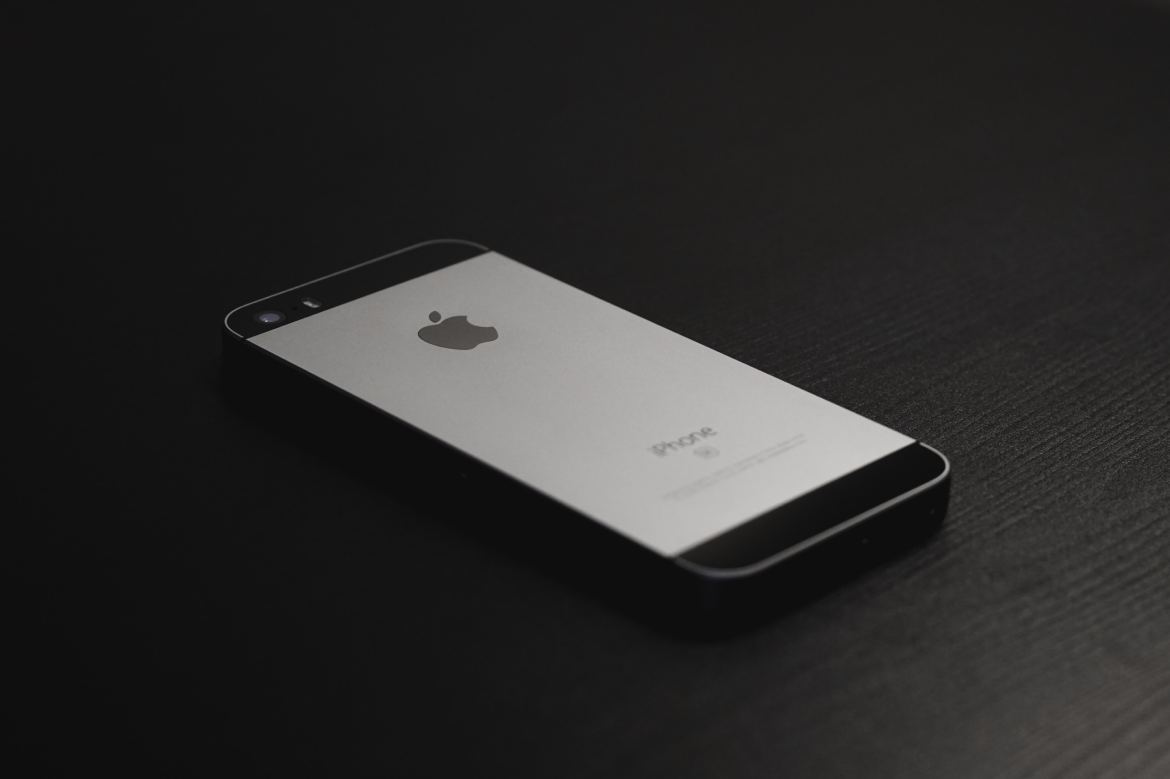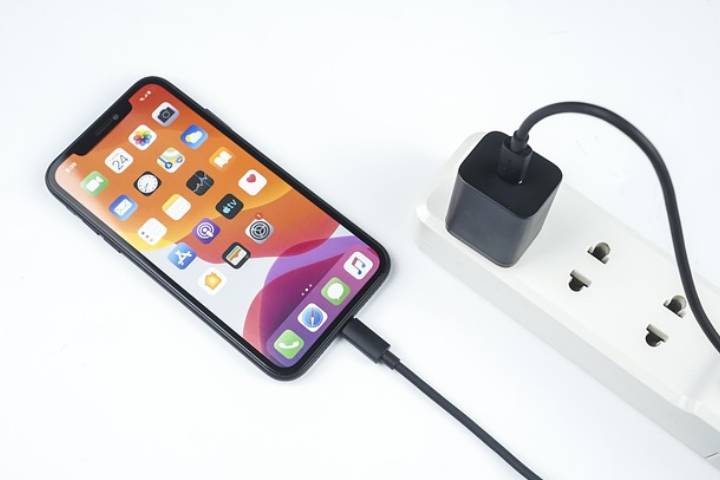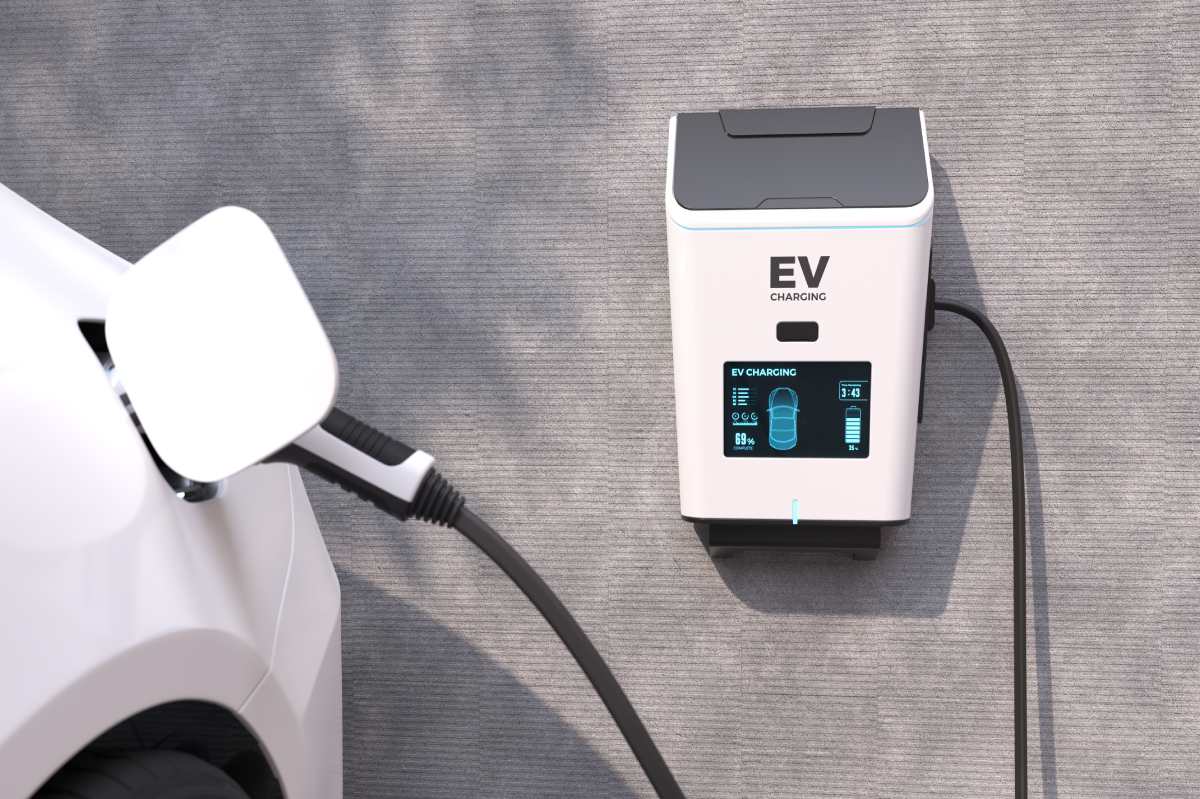In April 2022, the mobile marketing landscape underwent a significant change brought about by new privacy features in the Apple iOS 14.5 update, in which users can proactively decide whether or not to share their identification data with apps. Although a welcome move from a privacy standpoint, this paradigm shift has brought about a refresh in the way marketers approach strategies, who previously relied on access to IDFA to measure the success of their marketing efforts. campaigns and understand the ROI of your marketing investment.
A year into the privacy law, how have marketers adapted? And where are we headed?
Table of Contents
The Move To Global Data
Historically, the exchange of data between users and brands has been the basis for accurate measurement to create optimal user experiences. Until now, this sharing has been done mainly with user-level data, such as cookies on the web and identifiers on mobile, but in recent years new problems have come to light as a result of shared user data. and a new privacy framework has been implemented that advocates for the privacy of the user’s personal data.
Predictive Measurement
Since marketers have access to a much more restricted set of information, measurement is no longer solely focused on the user level, but data can be measured if it has a certain level of aggregation. Predictive measurement – which allows them to accurately assess the performance of a campaign based on early data – is becoming increasingly important.
Although it has been around for some time in the market, predictive measurement has become more important following Apple’s iOS 14.5 privacy update and the introduction of SKAdNetwork, Apple’s campaign measurement solution. This is because SKAdNetwork limits measurement to activity that occurs within a certain time period, such as 24 hours. Based on the results obtained with predictive measurement, marketers can take advantage of signals and predict long-term campaign performance.
Data Clean Rooms
Data clean rooms are environments where brands and partners can collaborate and share sensitive and restricted data, while preserving the privacy of their users by not sharing any personally identifiable information. Applications can be found in various sectors where it is necessary to share sensitive data, such as health, insurance and finance. Advances in cryptographic solutions, such as homomorphic encryption, will also make it possible to generate aggregate information about encrypted data without the need to decrypt it.
Own Media
Marketers are increasingly embracing the use of proprietary media, whether it’s different branded mobile apps, their website, email campaigns, or proprietary social media channels, among others. From a privacy standpoint, IDFA does not need to be collected through these channels, and brands can rely on first-party data collected by consent. It also enables marketers to create better onboarding experiences, which are correlated with better conversion rates.
Looking To The Future
Since Apple’s iOS 14.5 update, the ecosystem continues to prioritize user privacy. Recently, Google has also announced the implementation of Privacy Sandbox on Android and there have been many technological innovations that ensure that marketers can continue to execute and measure campaigns in a way that preserves user privacy.
When it comes to building and measuring campaigns in a privacy-first world, it’s clear there’s no one size fits all. There are many different approaches marketers can take, as well as new measurement models with their own pros and cons. Marketers who are able to understand what works best for them, as well as have the mindset to adapt and deal with any uncertainties or future changes, will be the ones to succeed in the world of mobile marketing.
Also Read: How To Make Your iPhone The Perfect Travel Companion




